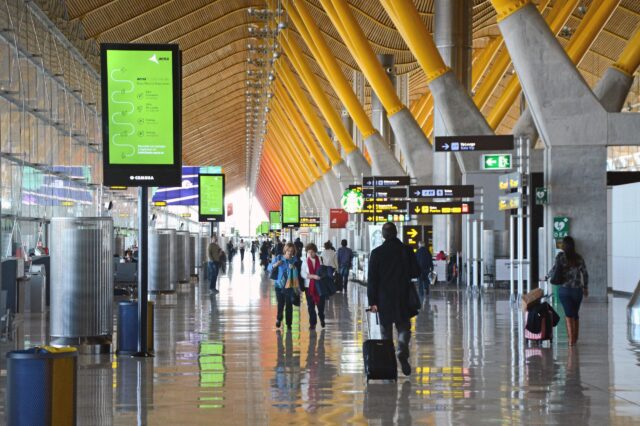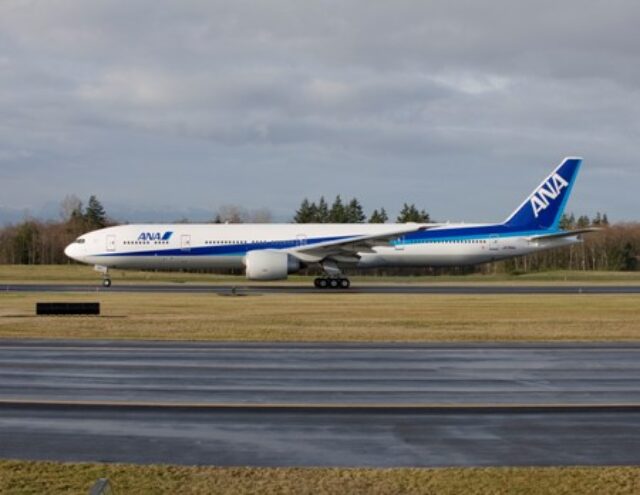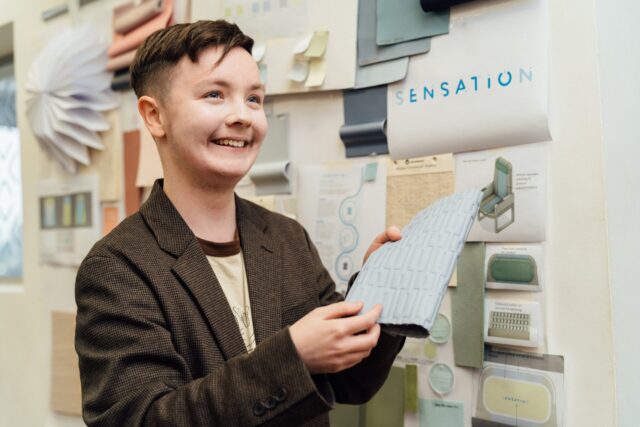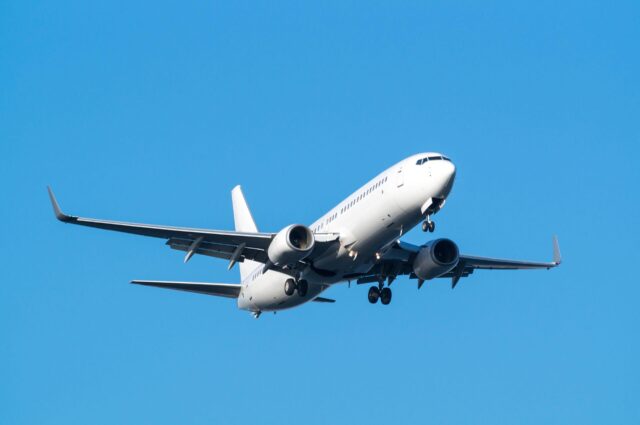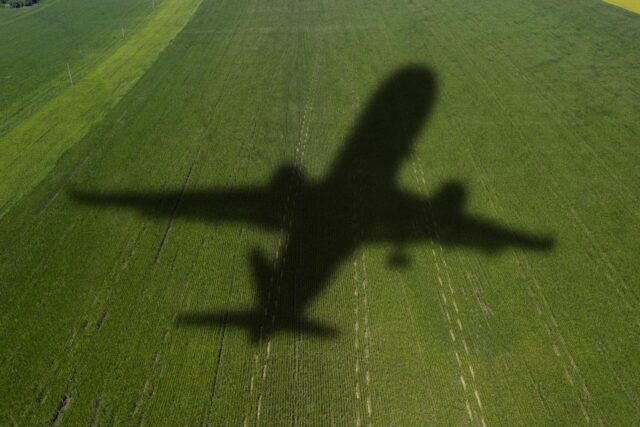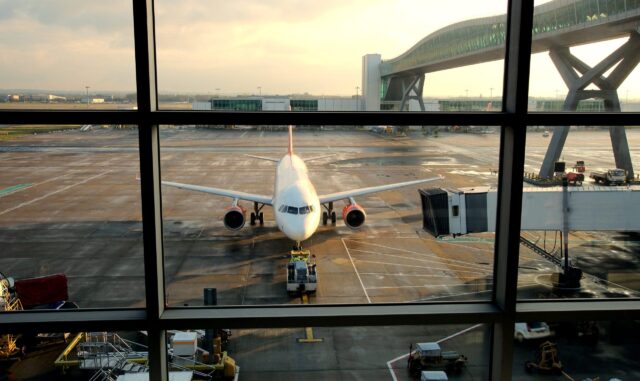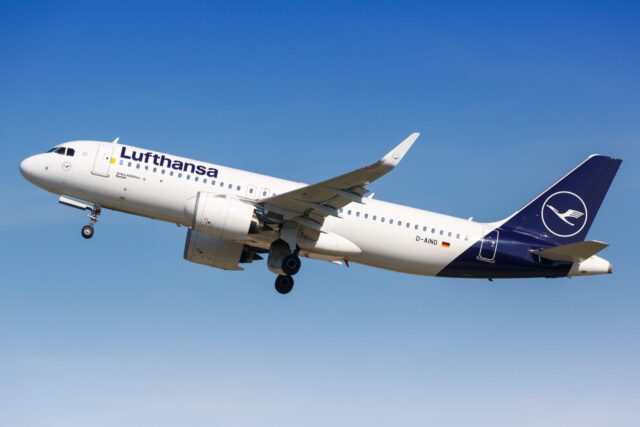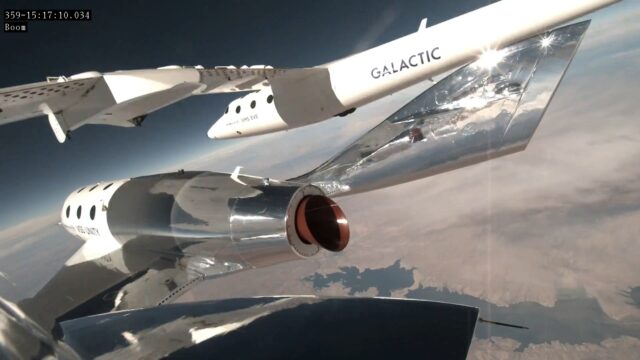NASA Boeing 777 arrives in Waco for modifications
The National Aeronautics and Space Administration (NASA) acquired the Triple Seven as its large, next-generation airborne science research platform, in December 2022. The purchase followed several years of studying various…
January 23, 2025

The National Aeronautics and Space Administration (NASA) acquired the Triple Seven as its large, next-generation airborne science research platform, in December 2022. The purchase followed several years of studying various replacement options for the McDonnell Douglas DC-8-72, then in use. NASA’s FY23 budget documents show that the aircraft was purchased under the FY22 budget for less than US $30 million.

A 2021 report by the National Academies of Science, Engineering, and Medicine (NASEM) entitled “Airborne Platforms to Advance Earth System Science Priorities: Assessing the Future Need for a Large Aircraft” highlighted the need for a DC-8 replacement. The intention was to maintain and improve the ability to carry a variety of remote sensing and gas sampling instruments, in order to “answer some of the most challenging questions in earth science.”
The Boeing 777 selected had been delivered new to Japan Airlines (JAL) in 2003 and had been operated by Japan Airlines as JA704J until retired to storage at Victorville/Southern California Logistics Airport in May 2020. On 15 December 2022, the aircraft (now registered N744LG) was flown from Victorville to Langley AFB (VA), where it went through a series of modifications at the NASA Langley Research Center. These included nadir and window ports, power, data and communications systems, and instrument operator accommodation.

It was always planned that the aircraft would receive additional maintenance and structural modifications in Louisiana and Texas, to fit it for its new role as a flying laboratory. When modifications are complete, the aircraft will be used for sensor development, satellite sensor calibration and verification, satellite sensor data product validation, and basic research studies of the Earth’s surface and atmosphere. These will aim to provide a better understanding of earth system processes to improve models and decision-making. First operations are planned for FY2026 from NASA Langley Research Center, while the aircraft may also be used from the NASA Armstrong Flight Research Center.
The aircraft will replace the now-retired DC-8 Airborne Science Laboratory, N817NA, which had become increasingly hard to support, despite having flown relatively few hours.
N817NA returned to Armstrong Flight Research Center Building 703 after its final research flight on April 1, where it received a ceremonial water salute from the US Air Force Plant 42 Fire Department. The final mission had been flown in support of the Airborne and Satellite Investigation of Asian Air Quality (ASIA-AQ) programme. The aircraft then made a final flight on 15 May 2024 flying from the agency’s Armstrong Flight Research Center at Palmdale, and making a flyover of the NASA Ames Research Center, before flying on to its new home at Idaho State University, where it will be used as a ground instructional airframe.
The DC-8 had demonstrated the multidisciplinary nature of this class of research platform, supporting such diverse fields as of archeology, atmospheric chemistry, biology, ecology, hydrology, meteorology, oceanography, and volcanology.




